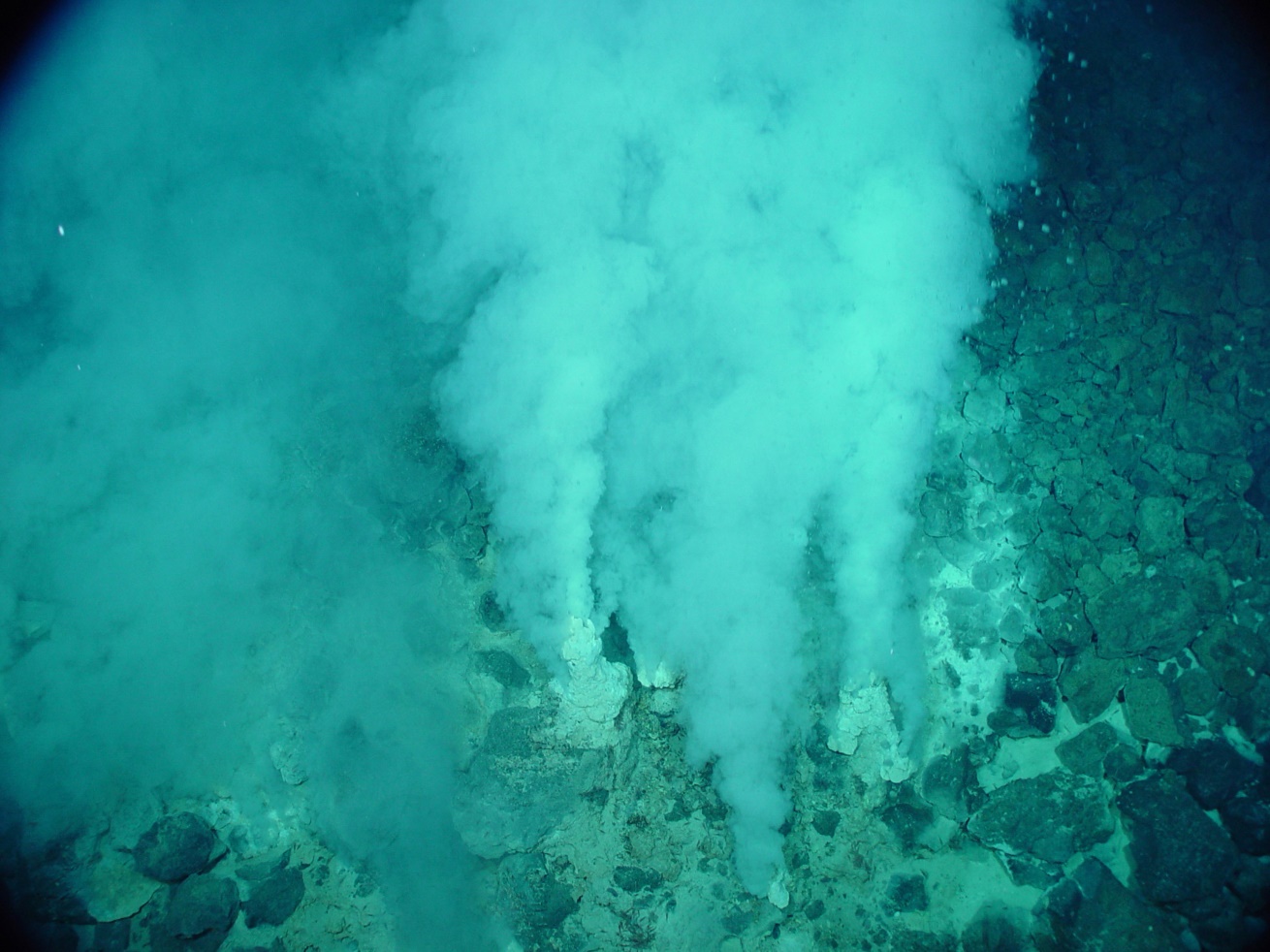Redoxcope by Alicia Kowaltowski
Peter Mitchell was awarded the 1978 Nobel Prize in Chemistry for his discovery of the chemiosmotic mechanism of ATP synthesis, a hypothesis he first published in 1961 [1]. Surprisingly, shortly before this seminal publication, Dr. Mitchell attended and wrote a paper for a symposium on the origins of life [2]. His scientific interests were obviously quite vast!
He was also a visionary: In his publication on the origins of life, Dr. Mitchell describes the importance of membranes, osmosis and the exchange of substances with the environment in the origins of life. He was spot on. Today, most early life evolution specialists agree that life probably did not originate in “primordial soups” as is often taught to grade-schoolers. “Soups” are too close to equilibrium, while life requires gradients and exchanges with the environment.
Instead, most researchers in the area today agree that life on Earth most likely first appeared at interfaces, such as hydrothermal vents (Figure 1), fissures in a planet's surface from which geothermally heated water is emitted [3]. Ocean water seeps into the Earth´s crust, where it gets heated and reacts with the iron present there, oxidizing it and producing hydrogen gas, among other substances, which is released back into the ocean through these vents. This movement generates an electron flow and a pH gradient at the surface of the vents.
The flow of electrons from these vents generates an environment in which the formation of small organic molecules, which are necessary for life to originate, is thermodynamically favorable. Furthermore, the natural pH gradient of these vents allows for the formation of energy-packed molecules such as acetyl phosphate or ATP, through a mechanism that Dr. Mitchell first described: chemiosmosis. Basically, in chemiosmosis, energy from a gradient is used to power the synthesis of an energy-rich molecule, which is then used by the cell to exert its many functions.
The idea that chemiosmosis may have appeared so early on in life´s evolution, even before the appearance of the most primitive cells, is surprising, mostly because this form of synthesizing energy was discovered much later than substrate-level ATP synthesis such as occurs in glycolysis (already studied by Pasteur, in the 1800´s). However, there is ample support for this hypothesis. Among the evidence known is that chemiosmotically-coupled enzymes that synthesize ATP (ATP synthases) were present in the last universal common ancestor (nicknamed LUCA [4]) of all life forms on Earth. We know this because all groups of lifeforms present today have the genes necessary to build ATPsynthases.
What all this shows is that life on Earth exists because of redox reactions.

Figure 1. Hydrothermal vents imaged by the U.S. National Oceanic and Atmospheric Administration
- P. Mitchell. Coupling of phosphorylation to electron and hydrogen transfer by a chemi-osmotic type of mechanism. Nature, 191: 144-8, 1961. | http://dx.doi.org/10.1038/191144a0
- P. Mitchell. The origin of life and the formation and organising functions of natural membranes. In Proceedings of the First International Symposium on the Origin of Life on the Earth (eds Oparin AI, Pasynski AG, Braunstein AE, Pavlovskaya TE, editors.), pp. 229–234 Moscow, Russia: USSR Academy of Sciences, 1957.
- W. F. Martin, F. L. Sousa, N. Lane. Energy at life's origin. Science, 344: 1092-3, 2014. | http://dx.doi.org/10.1126/science.1251653
- C. A. Ouzounis, V. Kunin, N. Darzentas, L. Goldovsky. A minimal estimate for the gene content of the last universal common ancestor —exobiology from a terrestrial perspective. Research in Microbiology, 157: 57-68, 2006. | http://dx.doi.org/10.1016/j.resmic.2005.06.015
Alicia Kowaltowski
Department of Biochemistry, Institute of Chemistry
PhD. Full Professor
University of São Paulo, Brazil
Add new comment